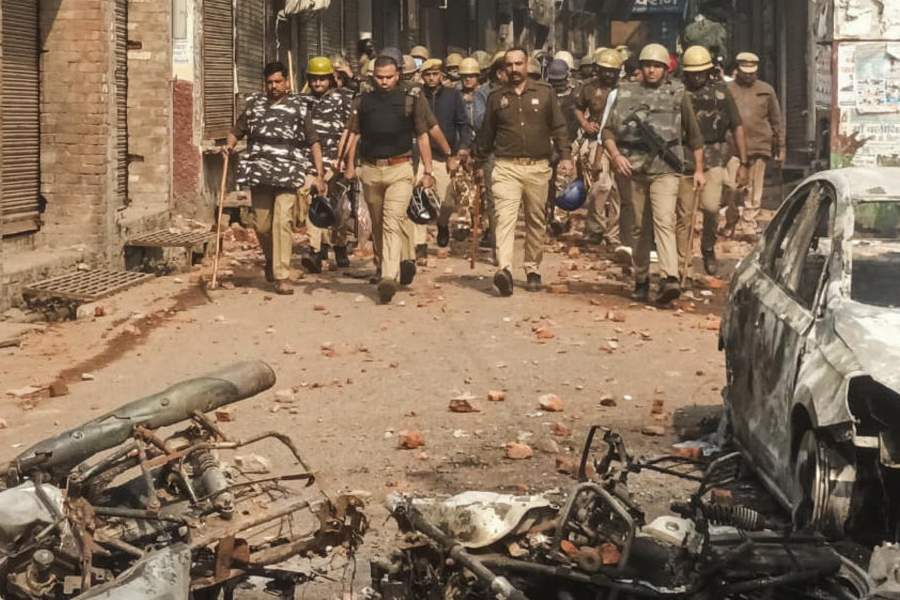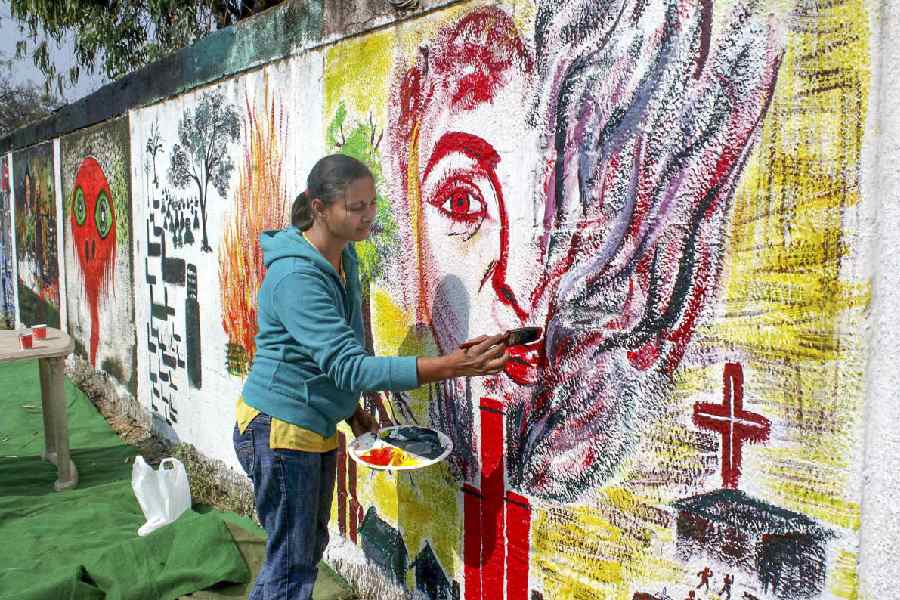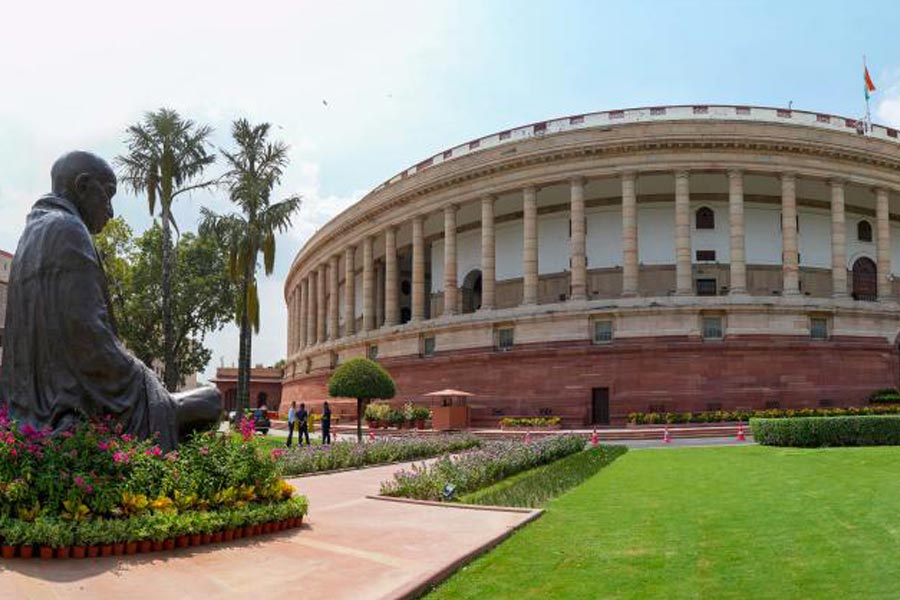 Sunday, 24 November 2024
Sunday, 24 November 2024
 Sunday, 24 November 2024
Sunday, 24 November 2024
The air quality in the national capital improved from the 'severe' to the 'very poor' category on Sunday morning.
At 8 am, the Air Quality Index (AQI) was recorded at 357, falling under the 'very poor' category, compared to the 24-hour average AQI of 412 at 4 pm on Saturday, according to the Central Pollution Control Board.
However, Anand Vihar remained in the 'severe' category with an AQI of 404.
Delhi's air quality has remained hazardous for nearly a month. On October 30, it first slipped into the 'very poor' category and stayed there for 15 days. It worsened further last Sunday as Delhi recorded 'severe' air quality and stayed so on Monday and Tuesday.
By Wednesday, the air quality was in the 'severe plus' category. Favorable wind conditions brought slight relief on Thursday but the air quality began deteriorating again, nearing the 'severe' category, on Friday. Delhi's air quality slipped back to the 'severe' category on Saturday.
The 'severe' category poses serious health risks, especially due to fine particulate matter (PM2.5), which can penetrate deep into the lungs and enter the bloodstream, causing long-term health issues.
The weather office said the minimum temperature was recorded at 12 degrees Celsius. It has forecast shallow fog during the morning or night hours, with the maximum temperature expected to hover around 28 degrees Celsius.
The humidity level at 8:30 am stood at a high 75 percent.
Visibility at Delhi's Indira Gandhi International Airport dropped, leading to flight disruptions. According to Flightradar, 97 flights have been delayed and 3 cancelled till November 21.
Meanwhile, the Commission for Air Quality Management has revised the Graded Response Action Plan, requiring schools in Delhi and nearby NCR districts to shut down during Stages 3 and 4 of the plan.
On Wednesday, the Delhi government announced that 50 per cent of its employees will work from home as the national capital reeled under the "severe" air pollution.
Taking to X, Delhi Environment Minister Gopal Rai said, “To reduce pollution, Delhi government decided to implement work from home in government offices. 50% of employees will work from home."
Apart from Delhi, Jaipur and Chandigarh rank among the most polluted cities in India today. Delhi recorded the highest air pollution levels, while Jaipur and Chandigarh followed with Air Quality Index readings of 235 and 233, respectively, both classified as "poor." Aizawl and Guwahati had the lowest pollution levels, with AQI readings of 32 and 42 at 7 am.







